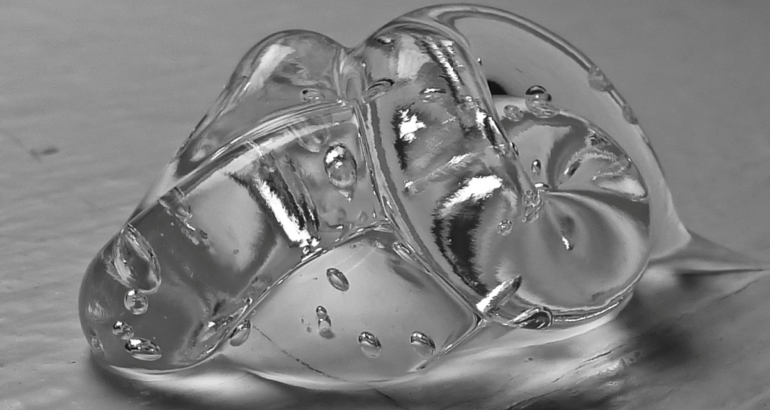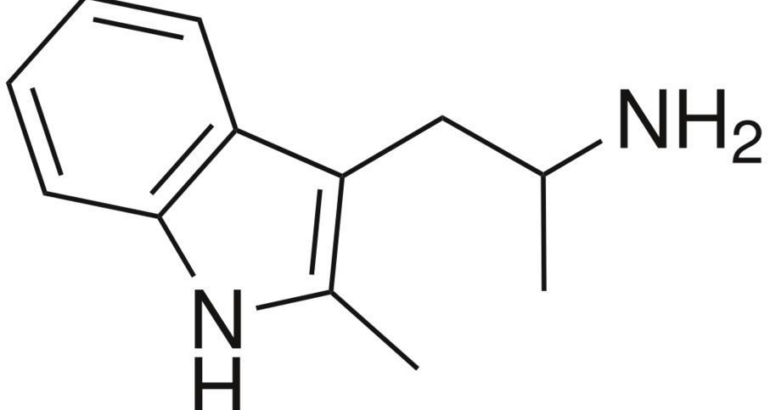Finasteride is a medication used for a range of ailments. Its medical use started when it was found out that it helps treat benign prostatic hyperplasia (an enlarged prostate). Finasteride is also used by trans people undergoing hormone therapy. In the last couple of years, Finasteride has also become a hair loss solution for men suffering from male pattern baldness or MPB.
While Finasteride is an effective medication to stop hair loss, it also poses some adverse side-effects for males. These side-effects primarily manifest with the oral administration of Finasteride. On the other hand, topical administration is safer. Nonetheless, the unregulated information available online gets people confused about the topical administration of Finasteride too.
Does Topical Finasteride Have Any Side-Effects?
Many people interested in the topical treatment of Finasteride ask this question. If you want to try this hair loss treatment but are hesitant due to what you have heard or read online, continue reading this post. Here, you will get all your confusions regarding topical Finasteride resolved.
Finasteride Side-Effects: Oral Administration Is the Culprit
In the biochemical context, Finasteride is an enzyme inhibitor. It essentially inhibits the formation and activity of 5α-reductase. This enzyme catalyzes the formation of dihydrotestosterone (DHT) — a sex hormone responsible for the development of multiple “male” attributes in an individual. Interestingly, excessive DHT in and around the scalp destroys hair follicles, setting off the patterned baldness.
Since Finasteride reduces the level of 5α-reductase in the body, it subsequently reduces DHT levels as well. On one hand, reduced DHT level stops hair loss. On the other hand, its diminishing levels in the body can affect the sexual performance of an individual. Reduced DHT can decrease the libido as well as cause erectile and ejaculatory dysfunction. Reduced DHT levels among males can also cause skin allergies, inflammatory reactions, and mental health issues, like anxiety and depression.
These adverse side-effects, collectively called post-Finasteride syndrome, happen because a patient orally takes Finasteride. Oral administration involves the delivery of drugs through the bloodstream. When Finasteride is taken orally, it breaks down in the stomach and eventually becomes part of the bloodstream, reaching everywhere in the body and disrupting the beneficial 5α-reductase activity as well.
Topical Finasteride Administration Means Localized Administration
Topical Finasteride administration involves applying the medication directly to the scalp in the form of gels, creams, lotions, etc. Since Finasteride exposure remains localized to the scalp, it doesn’t result in the side effects that come about after the oral administration of the medicine.
No, Topical Finasteride Doesn’t Involve Serious Side-Effects
Topical Finasteride can deliver the results of oral administration for the treatment of hair loss but without its side effects. In other words, you can opt for topical Finasteride treatment without any apprehension.
Liposomal Delivery: A Further Improvement on Conventional Topical Finasteride
If you want to use Finasteride for its optimal performance against hair loss but without undergoing post-Finasteride syndrome, you should consider liposomal delivery of the medicine. In this drug delivery system, your scalp absorbs more of Finasteride for an improved and increased targeting of 5α-reductase in the region that affects hair follicles as compared to regular topical application.
For this improved topical Finasteride treatment, get in touch with Topical Hair Solution. Its liposomal experts have devised a completely safe transmission system for Finasteride into the scalp. This way, you can use Finasteride without stressing over its adverse side-effects.



